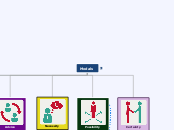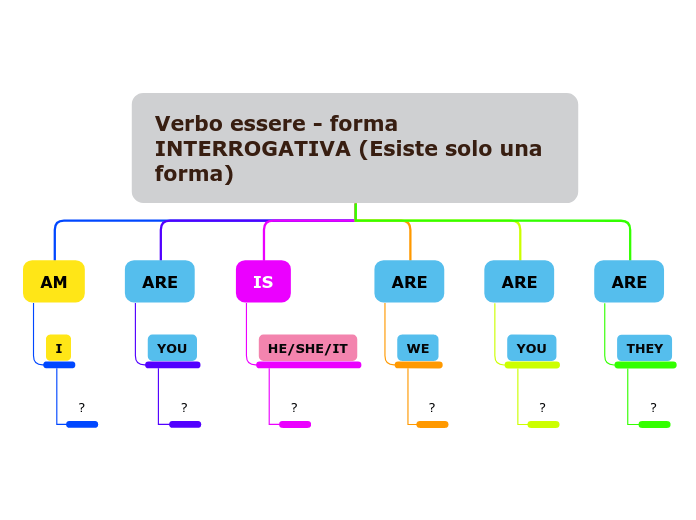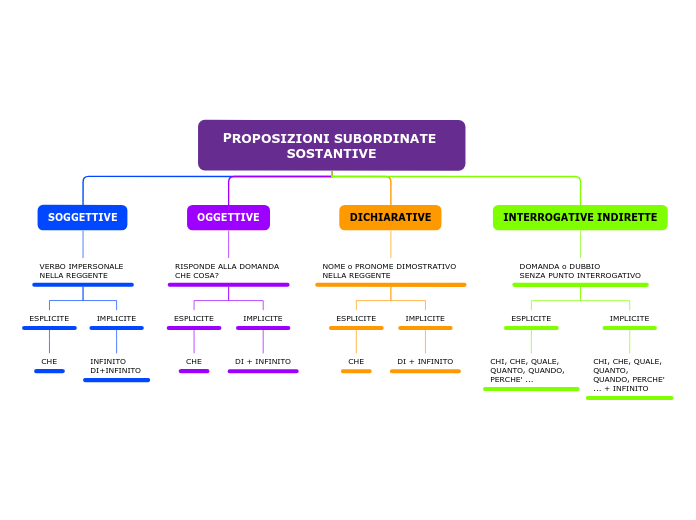HAVE TO/MUST=DOVERE
HAVE TO
FORMA NEGATIVA si usa quando non è necessario o obbligatorio fare qualcosa
soggetto + don't/doesn't + have to + verbo alla forma base
I don't have to cook for lunch
FORMA AFFERMATIVA per indicare una necessità o un obbligo imposto dall'esterno riferita ad un tempo futuro o presente
soggetto + have to/has to + forma base del verbo
me and my sister have to clean the bathroom
FORMA NEGATIVA AL PAST SIMPLE
soggetto + did not + have to + verbo alla forma base
they didn't have to do the irooningt
FORMA INTERROGATIVA AL PAST SIMPLE e RISPOSTE BREVI
Did + soggetto + have to + forma base del verbo
Did you have to do the vacuuming
FORMA AFFERMATIVA AL PAST SIMPLE
soggetto + had to +verbo alla forma base
she had to lots of things at home everyday
FORMA INTERROGATIVA e RISPOSTE BREVI
No, I don't No, he doesn't
Yes, I do Yes, he does
Do/does + soggetto + have to + forma base del verbo + ?
Does he have to do his homework ?
MUST
MUST è un VERBO MODALE
Non cambia alla terza persona
è seguito da un verbo alla forma base
non si usano don't e doesn't
MUSTN'T SI USA PER DIRE CHE E' PROIBITO FARE QUALCOSA. HAVE TO SI USA PER DIRE CHE NON E' NECESSARIO FARE QUALCOSA MA SI PUO' FARE
MUST SI USA PER ESPRIMERE UN OBBLIGO SENTITO NECESSARIO DA CHI PARLA. HAVE TO SI USA PER ESPRIMERE UN OBBLIGO IMPOSTO DALL'ESTERNO
FORMA AFFERMATIVA SI USA PER DARE ORDINI A SE STESSI, PER REGOLE E OBBLIGHI
soggetto + must + verbo alla forma base
I must go to school today
FORMA NEGATIVA SI USA PER ESPRIMERE PROIBIZIONE O DIVIETI
SOGGETTO + MUSTN'T + VERBO ALLA FORMA BASE








